This article was originally published by Radio Free Europe/Radio Liberty and is reprinted with permission.
US President Donald Trump has proclaimed a “historic dawn” for the Middle East and pledged to turn his attention to peace deals involving Iran and Russia.
The US leader laid out his vision of Middle East peace at a speech in the Knesset, the Israeli parliament, on October 13 amid what could be a turning point in diplomacy in the region.
His visit to Israel was also expected to include emotional meetings with the families of hostages released by Hamas, listed as a terrorist organization by the United States, under a deal that he has championed.
“Today, the skies are calm, the guns are silent, the sirens are still, and the sun rises on a Holy Land that is finally at peace,” Trump declared in his speech, which was interrupted by heckling from an opposition lawmaker and several standing ovations.
In a wide-ranging address that lasted more than an hour, Trump also mentioned US military strikes aimed at Iranian nuclear sites in June – and said he hoped to achieve peace with Tehran, too.
“You’ll get that deal done easy. I think that’ll be easy, but first we have to get Russia done…let’s focus on Russia first,” Trump said.
In Tel Aviv, there were jubilant scenes as some 65,000 people celebrated the release of the 20 surviving hostages held by Hamas.
“I am so excited. I am full of happiness. It’s hard to imagine how I feel this moment. I didn’t sleep all night,” Viki Cohen, mother of released hostage Nimrod Cohen, told Reuters.
In return, Israel is releasing some 2,000 Palestinian prisoners.
Usamah al-Kahlout, a journalist in Gaza City, told RFE/RL’s Radio Farda that the mood there was “one of celebration and joy. People are happy that two years of war, killings, and displacement are finally over.”
However, another Gazan who asked to remain anonymous, told RFE/RL: “My dream is to manage to get out of Gaza. This is my dream. When you see or witness the amount of destruction here in Gaza, you don’t even imagine how you could live the rest of your life in such a destroyed area.”
Later on October 13, Trump headed to Egypt to co-chair a summit attended by the leaders of more than 20 countries aimed at finalizing a permanent truce in Gaza.
But once the initial push behind the landmark peace plan has subsided, the question remains as to whether the White House will turn its focus to the largest and deadliest conflict in Europe since World War II.
More than 2,000 kilometers away from Jerusalem in Kyiv, hopes are Trump will continue to follow his inauguration pledge to be “a peacemaker and a unifier,” and not quietly back away from leading peace negotiation efforts with prospects for a quick resolution seemingly beyond reach.
“If a ceasefire and peace have been achieved for the Middle East, the leadership and determination of global actors can certainly work for us too, ” Ukrainian President Volodymyr Zelenskyy wrote on X shortly after Trump finished speaking.
Earlier, Zelenskyy had said Russia was “openly exploiting the fact that the world is focused on ensuring peace in the Middle East,” by stepping up air attacks on Ukraine.
These ongoing attacks have served to underline that, while Trump has achieved headway in the Middle East, talks on ending Russia’s nearly 4-year-old full-scale invasion of Ukraine have appeared to lose steam.
There are, of course, key differences between the two conflicts. Israel is so diplomatically isolated that it depends on US backing. Indeed, it’s the largest recipient of US aid in the world.
Many analysts say Trump has used this leverage privately to push Israel into agreeing to his 20-point peace plan. There has also been public pressure on Netanyahu, particularly after an Israeli air strike last month on a Hamas target in Qatar — a key US ally.
By contrast, Russia enjoys the support of China economically and North Korea militarily. It has resisted several rounds of severe international sanctions and does not appear ready to make compromises.
Kremlin messaging continues to push the narrative that Russia is winning on the battleground, even though it is paying a horrendous price.
“I don’t think there’s a lot of carry-over from [Middle East peace efforts] to Ukraine and Russia,” Ben Friedman of the Washington-based think tank Defense Priorities told RFE/RL.
“Even if they do convince [Russia] that they’re going to sanction them more, put a little bit more pressure on them, it’s not going to make much difference,” he added. “It’s difficult because we’ve already sanctioned them so heavily that there’s not a lot of shots left to fire.”
Trump has suggested a number of steps that the United States and its allies could take to further increase the pressure on Moscow, particularly focusing on measures to curtail Russian oil exports.
He has threatened secondary tariffs on countries that import Russian oil and said that a 25 percent US tariff on India was an example of this that could be applied elsewhere. But Trump has also called on European countries to do the same and to stop buying Russian oil themselves.
“There are almost, I don’t want to say unlimited cards, but certainly there are a lot more, a lot again, consequences for not doing a peace deal that could be brought to bear against the Russians,” US Ambassador to NATO Matthew Whitaker told RFE/RL on October 10.
But he repeated Trump’s position that European countries must also do more.
“Instead of…asking what the United States is going to do, I would prefer to ask what we all are going to do because Europe is consequential.”
Influential Republican Senator Lindsey Graham, who has long pushed for massive secondary tariffs to cripple Russia’s revenues from fossil fuels, said on October 12 that US supplies of Tomahawk cruise missiles to Ukraine were another card.
“I want more weapons in the hands of the Ukrainians to increase the costs of the war to [Russian President Vladimir] Putin. Hit his refineries. Go into Russia deep,” he told NBC’s Meet The Press.
Trump has recently spoken about this as a possibility but not given a clear signal yet. The Kremlin has warned against this, saying it would be a major escalation that would draw a response.
This underlines another difference with the Israel-Gaza process, where Washington doesn’t face this kind of pushback and where the security stakes for the United States are so much lower.
Friedman said that, earlier in the conflict, Washington had instead sought to use its considerable leverage over Ukraine to force concessions from Kyiv.
It did this most notably when it withdrew vital military intelligence and supplies, which Kyiv relies on heavily, following a bitter exchange between Trump and Zelenskyy at the White House in February.
But the two leaders have come a long way in patching up their relationship since then, with Zelenskyy using a call on the eve of Trump’s Middle East trip to also lobby for Tomahawk missiles.
Trump’s summit with Putin in August has further changed the dynamic in peace efforts. Putin was given a warm welcome by Trump in Alaska but made no concessions and has even refused a meeting with Zelenskyy.
“I don’t think [Putin] really got much out of it. I mean, you know, it did sort of turn the Trump administration ultimately against him to a degree, that whole series of events,” Friedman said.
“He’s let me down, he’s really let me down,” Trump said of Putin during his state visit to Britain in September.
On October 13, Russia voiced criticism of Trump’s Middle East diplomacy. Foreign Minister Sergei Lavrov said Trump’s plan was not specific enough on the issue of future Palestinian statehood.
“We have noted that Donald Trump’s peace plan only addresses the Gaza Strip. It mentions statehood, but in rather general terms,” Lavrov told reporters from Arab countries. “It’s imperative to flesh out these approaches, including defining what will happen in the West Bank.”
Trump has received praise for pressing Israel and Hamas to accept the 20-point peace plan to end the current war triggered by Hamas’ attack on Israel on October 7, 2023, that killed more than 1,200 Israelis and took some 250 hostages.
He now faces a war in Ukraine that he himself has said may be the most difficult international conflict in the world to resolve.



